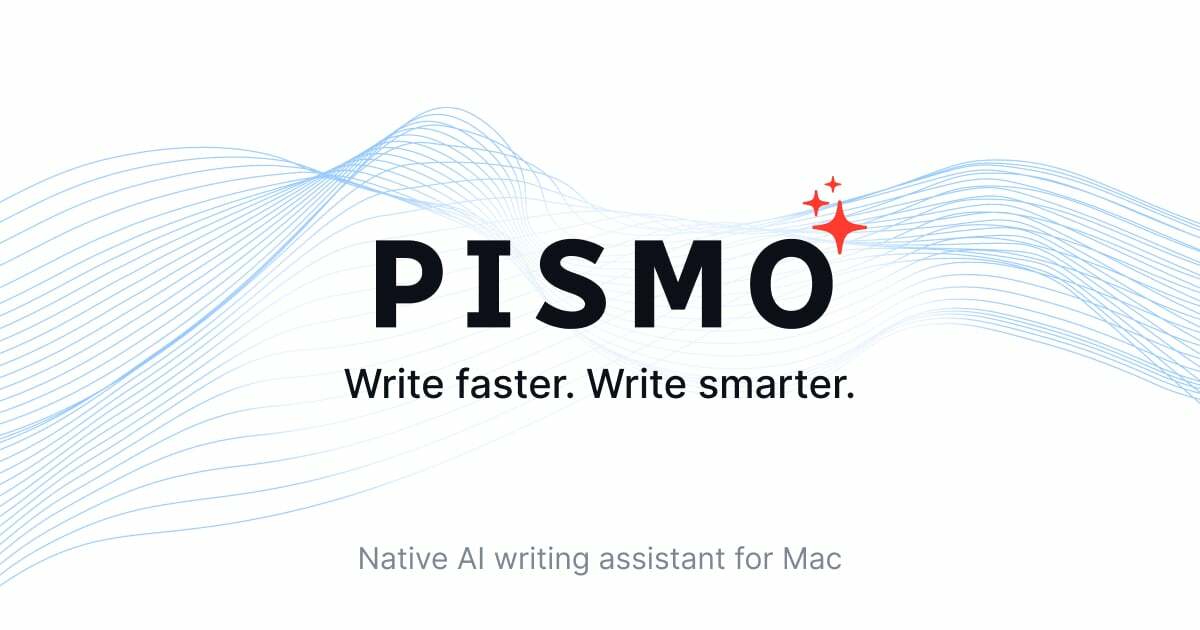- AI Breakfast
- Posts
- Microsoft's AI Agent Automates Word Tasks
Microsoft's AI Agent Automates Word Tasks
Good morning. It’s Friday, January 3rd.
Did you know: On this day in 1977, Apple Computer was formally incorporated?
In today’s email:
AI Delays: OpenAI and xAI miss key launches.
Microsoft LAM: New AI automates Word tasks, beats GPT-4.
Price Cuts: AI giants slash costs to compete.
Nvidia AR: Patent for energy-efficient AR glasses.
3 New AI Tools
Latest AI Research Papers
You read. We listen. Let us know what you think by replying to this email.

Today’s trending AI news stories
Setbacks Mount for OpenAI and xAI as AI Delays Persist
OpenAI’s Media Manager, meant to give creators control over their content in AI training, has yet to launch despite a 2025 promise. Initially seen as a solution for removing copyrighted material, the tool remains stalled. Legal experts question whether it will shift compliance burdens onto creators without addressing deeper intellectual property issues. With mounting lawsuits, its effectiveness in reducing legal risks remains unclear.
Meanwhile, xAI’s Grok 3 misses its 2024 deadline, joining a list of delayed AI models. Grok 3, expected to compete with GPT-4 and Gemini, promised improved image and conversational capabilities but may be replaced by an interim Grok 2.5. This delay isn’t an isolated hiccup—industry heavyweights like Anthropic and Google have similarly stumbled, as scaling laws strain under diminishing returns. Musk’s bold timelines often border on aspirational, but the repeated delays across the AI sector point to a deeper issue: the limits of brute-force compute and conventional training pipelines. Read more.
Microsoft's new Large Action Model can perform some tasks in Word

Image: Microsoft
Microsoft’s Large Action Model (LAM) introduces a transformative shift in AI’s functionality, enabling it to execute tasks autonomously rather than merely processing text. Trained through a four-phase process—comprising task decomposition, expert-guided learning, independent problem-solving, and reward-driven optimization—LAM can interpret and act on user commands across text, voice, and images.
In tests using Microsoft Word, LAM outperformed GPT-4, completing tasks 71% of the time with a significantly faster execution rate. While promising, the model still faces notable challenges such as security risks, ethical concerns, and scalability limitations. Read more.
AI companies slash prices in battle for market share

Image: Aly Song/Reuters
The generative AI market is plunging into an aggressive price war as industry giants slash costs to secure market dominance. Alibaba Cloud has led the charge, implementing price reductions of up to 85%, with its visual language model Qwen-VL seeing the steepest cuts. This is part of a broader trend among Chinese tech titans such as Tencent, Baidu, and ByteDance, who are locked in a price battle amid minimal product differentiation.
In the West, OpenAI and Google have followed suit, rolling out cheaper, stripped-back models. Anthropic, meanwhile, has employed a more calculated approach, raising prices for its Haiku model while offering the more affordable Sonnet 3.5.
With open-source models like Meta's Llama gaining ground, AI companies are recalibrating their strategies, balancing premium pricing with aggressive price cuts to maintain competitiveness and ensure long-term survival. Read more.
NVIDIA Files Patent For AR Glasses

Image from Patent US20250004275A1, NVIDIA Corp, 2025. Source.
Nvidia’s latest patent filing introduces a fresh take on AR glasses, ditching traditional backlighting for digital holography. By tapping into self-interference with incoherent light, the system sharpens optical occlusion, all while slashing power usage and reducing the form factor compared to conventional AR displays. It’s a subtractive approach—unlike the usual additive systems—which means it darkens only the specific regions needed for AR, letting the rest of your vision remain clear.
Utilizing ambient light rather than generating its own, the system achieves superior energy efficiency. The patent encompasses intricate optical management, including polarization control and interference optimization, alongside a neural framework for real-time distortion correction and adaptive display adjustment. Nvidia’s system could set a new standard for AR experiences that are more responsive and less power-hungry. Read more.

Clinical Researchers Weigh Benefits and Ethics of LLMs in Academia
Putin orders Russian government and top bank to develop AI cooperation with China
China claims 6G-level space-ground laser transmission speed achieved
Northeastern Researchers Calls for Human-AI Coevolution Framework
AI agents in 2025 will be all about managing inflated expectations
Nvidia acquired more companies in 2024 than in the previous four years combined
DiffSensei: AI pioneers Hinton, LeCun, and Bengio star in fictional manga created by new AI system
IRS deploys AI tools to combat emerging tech’s role in new fraud schemes
US sanctions Russian group over AI-generated election disinformation

3 new AI-powered tools from around the web

arXiv is a free online library where researchers share pre-publication papers.


Thank you for reading today’s edition.

Your feedback is valuable. Respond to this email and tell us how you think we could add more value to this newsletter.
Interested in reaching smart readers like you? To become an AI Breakfast sponsor, reply to this email or DM us on X!


